January in the Pacific Northwest can present a challenge for gardeners caught in the “almost, but not yet.” As is often the case, we’re sitting square in the middle of a mild stretch of weather—not spring-warm, but not winter-cold, either. Lest we forget, though, winter in western Washington often arrives later in the season—so often, February brings cold and snow. As you anticipate the coming season, here are a few things you can do now to ensure you’re ready for spring once it arrives in earnest.
First, get your garden tools in shape. That hand pruner you’ve used for years without sharpening and left out in the rain several times isn’t going to get any easier to use without some love. Soak rusty pruners in a solution of CLR overnight, then use a stiff-bristled brush to scrub them clean before sharpening the blades with a sharpening stone. Finish off with a few squirts of WD-40 to keep your pruner clean and well-lubricated for the season ahead.
In addition to smaller hand tools like pruners, other garden tools can benefit from some attention, too. Shovels dull over time when digging through hard soil, rocks, and roots, so scrub your shovel head with a brush and soapy water, then follow up with a file to bring back the edge it had when you first bought it. Lightly sand the wooden handles of garden tools to smooth off splinter-causing burrs and rub the handle with an oil-soaked cloth to make it like new. Simple steps like these will guarantee you’re ready for spring once it comes.
After you’ve sharpened your pruners, it’s time to tackle some of your early-season pruning. Fruit trees generally benefit from pruning in late winter, before disease pressure begins and while the trees are still dormant. While each type of fruit has its own pruning requirements for best production, all fruits benefit from good air circulation, so thinning out crowded branching—especially at the center of the tree—is essential. Additionally, remove any branches that are rubbing together and prune off any unproductive water shoots, easily identified as branches that grow rapidly straight up.
Third, make sure you’re prepared for that cold northeaster that we’re almost sure to get yet this winter. Particularly in northern and western Whatcom County—anywhere in sight of the Fraser Canyon just across the border—that dry, northeast wind can do a number on unprotected plants in your yard. Have a plan in place to wrap sensitive plants, spray Wilt Stop to prevent winter burn, or add extra mulch around the base of plants like roses prior to a winter storm. Should we get cold, a layer of snow prior to the wind will help insulate plants, but as is often the case, if the wind comes before the snow, you’ll want to protect your plants prior to the storm.
Fourth, January is a great time to start planning your vegetable garden for the year. Do you keep a gardening journal each year? If so, look back at last year’s journal to see what you planted and when. Admittedly, I’m not always the best at writing down when I planted crops, but I almost always try to snap pictures of my garden throughout the year, so if you must, go back through your photo gallery to see how spring unfolded in your garden last year.
As you plan out your garden for this spring, check what seed packets you might have saved from last year. Stored cool and dry, seeds generally keep over into a second year just fine, but if you’re unsure, seeds are inexpensive, so make a list of what varieties you need to purchase in the coming months. This month is a great time to start stocking up on new seeds, seed-starting soil, and seedling trays so that you’re ready once it’s time to plant your crops.
Finally, if you just can’t help but scratch your gardening itch, winter is when we have our best selection of hellebores. These evergreen perennial plants bloom in winter and early spring, adding life to the garden at a time of year when it’s sorely needed. Plant these beautiful plants in partial shade and enjoy their long-lasting blooms this year and for years to come.
With winter officially only a few weeks old, it’s important that we be patient in waiting for spring to arrive. Soon enough, spring will arrive and bring with it the proliferation of beauty and life we long for, but in the meantime, let’s enjoy the slower pace and rest that winter offers as we wait for the almost, but not yet.


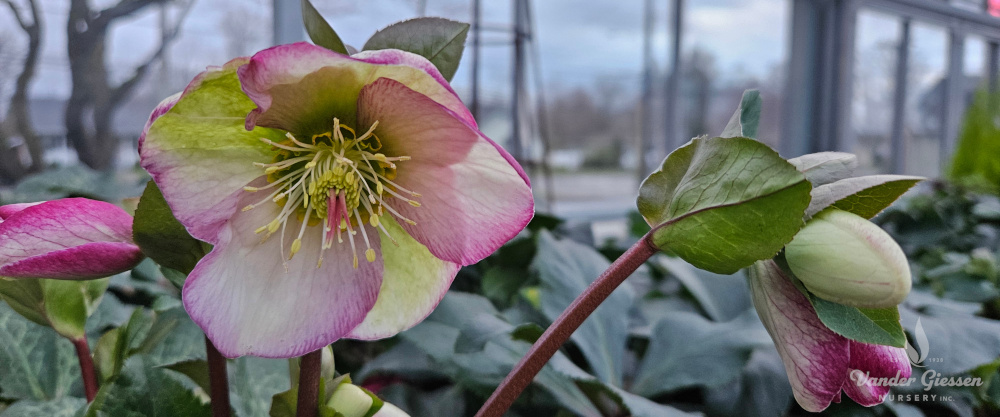
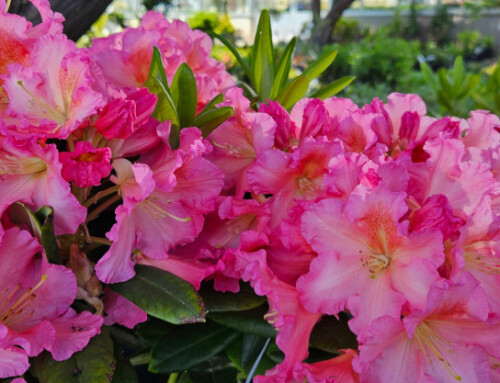
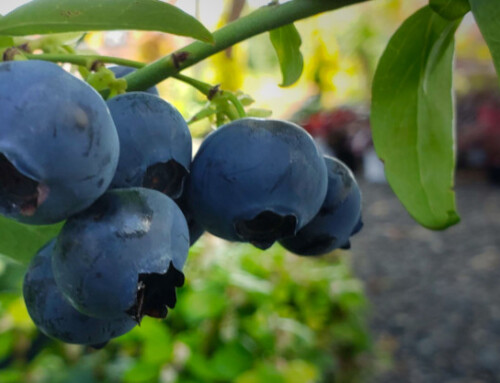
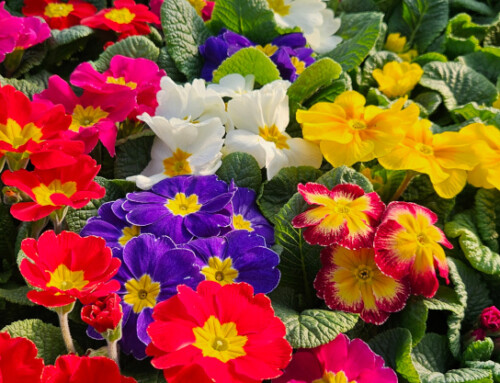
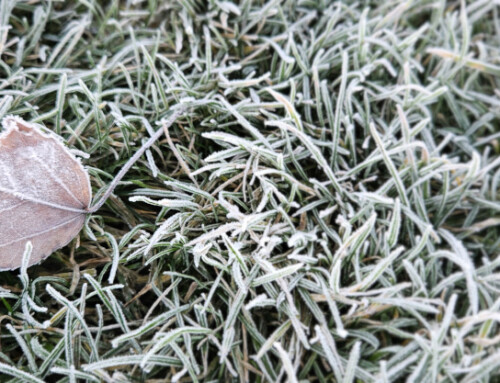
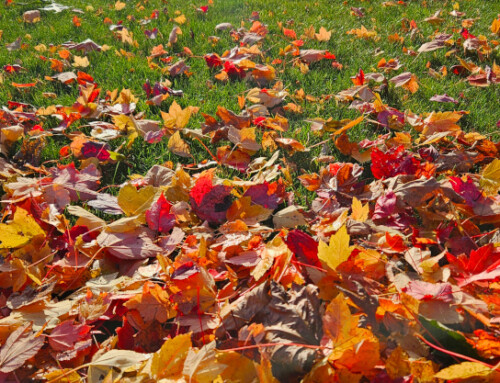
Leave A Comment